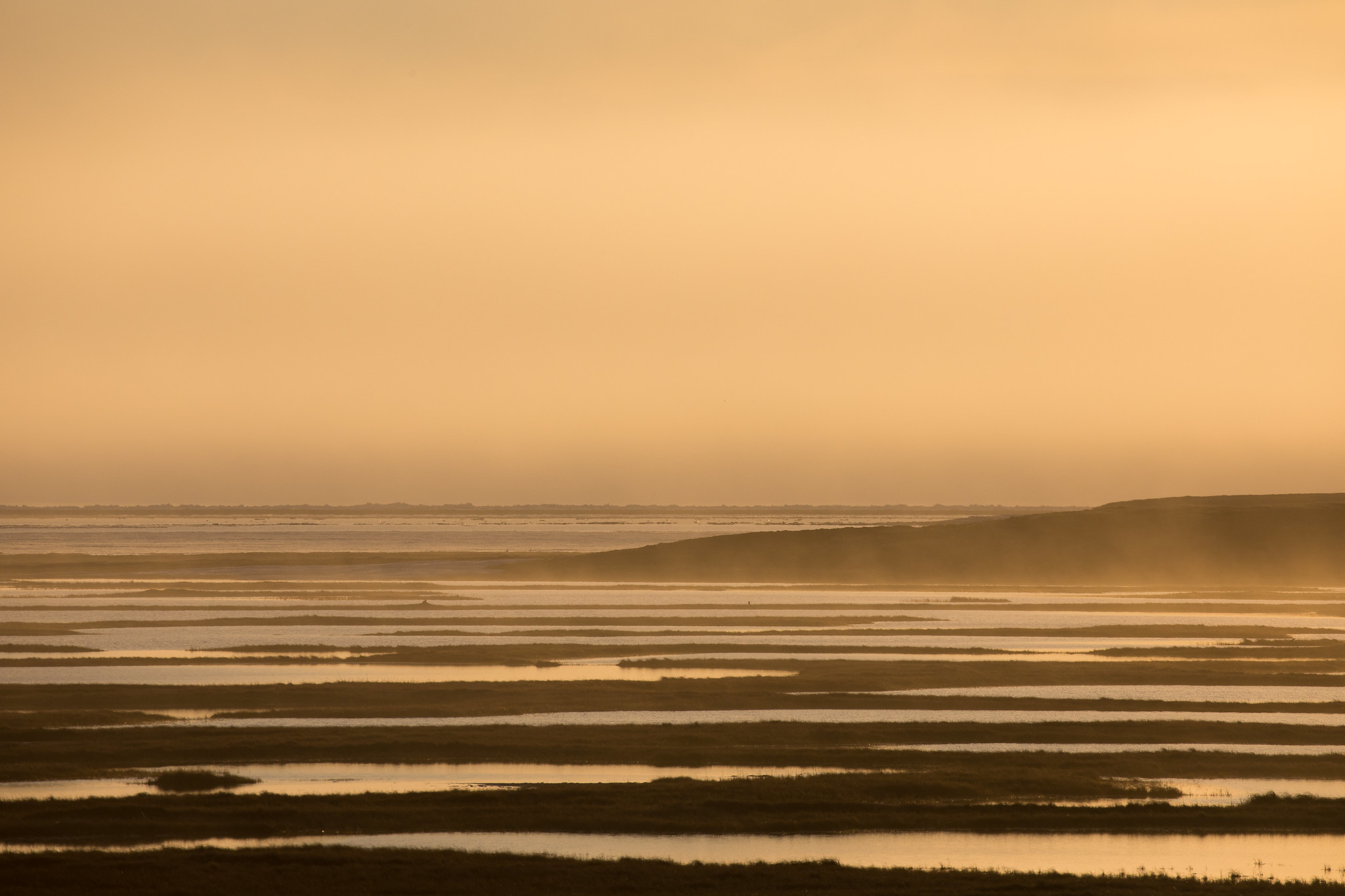US orders new review of oil drilling in Alaska’s Arctic refuge
The new review begins with a 60-day public comment period, and the entire process could take about 18 months to complete.

The Biden administration said on Tuesday it would conduct a new environmental review of oil and gas leasing in Alaska’s Arctic National Wildlife Refuge.
The widely anticipated move comes two months after the Department of Interior said it would suspend drilling leases handed out for the refuge during the final days of the Trump administration.
During his campaign, President Joe Biden pledged to protect the 19.6 million-acre refuge, which provides habitat for polar bears, caribou and migratory birds.
[Biden administration suspends oil leases in Alaska’s Arctic refuge]
When it suspended the leases, the Interior Department said it would conduct a new environmental analysis to determine whether the leases would stand, be voided, or be subject to mitigation measures.
The administration kicked off that review with a notice on a federal government website announcing a 60-day public comment period. The entire process could take about 18 months to complete, it said.
The analysis will address “deficiencies” identified in what is known as the environmental impact statement conducted during the administration of then-President Donald Trump, the notice said.
[Oil development in Alaska’s Arctic remains in limbo]
Alaska’s state government had hoped that opening the enormous refuge would help revive its declining oil industry. In 2017, Congress passed a law requiring two lease sales in the area within seven years.
Trump’s Interior Department sold the leases in the refuge in January over the objections of environmentalists and some Indigenous groups. Some of those groups have sued to halt the project, alleging that the Trump administration violated federal law by performing a faulty environmental analysis that failed to adequately consider its impact on wildlife and native people.
Leases were issued for nine tracts covering 430,000 acres.
An Alaska state agency holds most of them, while private companies Knik Arm Services LLC and Regenerate Alaska Inc each hold one lease.
Reporting by Nichola Groom.